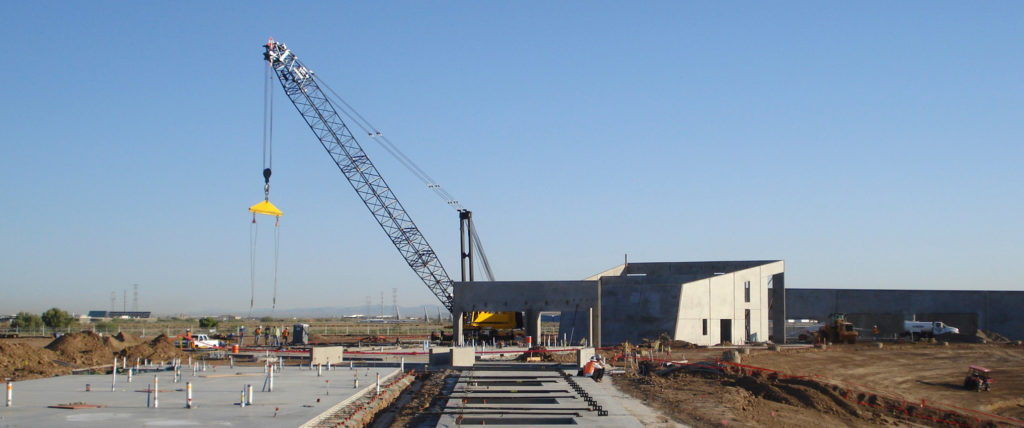
5 Ways Design-Build Project Delivery Aids Disaster Recovery
At the height of the 2019 hurricane season, Hurricane Dorian swept through the Bahamas, then lashed the North Carolina coastline. The year before, Hurricane Florence also did enormous damage to North Carolina and Hurricane Michael flattened strategically important Tyndall Air Force Base in the Florida panhandle. The response to those natural disasters leads to an important question: What’s the best way to recover from these gigantic natural disasters as fast as possible, as safely as possible and as economically as possible? The answer is Design-build project delivery and here are five reasons why:
1. Speed – Design-build project delivery is far faster than all other forms of project delivery in the AEC industry, proven by reams of peer-reviewed research. Both Hurricane Florence and Hurricane Michael disaster relief programs, capital campaigns of $1.7 billion and $3 billion, respectively, are exclusively using design-build project delivery. The Hurricane Florence relief program is being administered by the U. S. Navy while Hurricane Michael’s is under the auspices of the U. S. Army. Why is the Department of Defense using design-build? Speed. There is no faster project delivery methodology for getting critically important bases back to 100 percent functional operation.
2. Accountability – Design-build contracting provides a single-source point of accountability. It is an efficient transfer of design and construction performance risk to the party best equipped to execute. The entire design and construction team works within an “all for one, one for all” mentality that is reinforced by the contractual reality. Thus, there is little opportunity for mismatched expectations, misinformed or poor communication, or the other regular foibles of traditional project deliveries, where siloes prevent the necessary, timely, orderly communications amongst teammates.
3. Economy – Design-build provides for economy by integrating teammates into one highly functional, highly collaborative team. In a design-build arrangement, there is no price premium for overlapping, duplicative overhead management when design and construction firms are separated by contractual obligations, self-interested positions or postures, or uncooperativeness. There is economy of brainpower and horsepower.
4. Innovation – Design-build teams combine architects, engineers, contractors, subcontractors, material providers, et al, so that timely, informed decision-making can rely upon innovative solutions from design professionals in close concert with those that perform the work…those that think in close proximity to those that do. Local construction practices, material and labor availability, and optimizing of resources is considered at the time of maximum impact, making the design phase part performance art, part invention, part technical problem-solving.
5. Proven Results – Design-build has a long, proven track record of delivering. When the Pentagon was struck in the 9/11 terrorist attacks, the damaged wedge was rebuilt using design-build project delivery along with the balance of the Pentagon’s renovation program. Public-private partnership (“P3”) almost exclusively uses design-build project delivery to achieve consistently predictable project outcomes. When results matter and it absolutely, positively has to be done right, then design-build is the hands-down choice.


